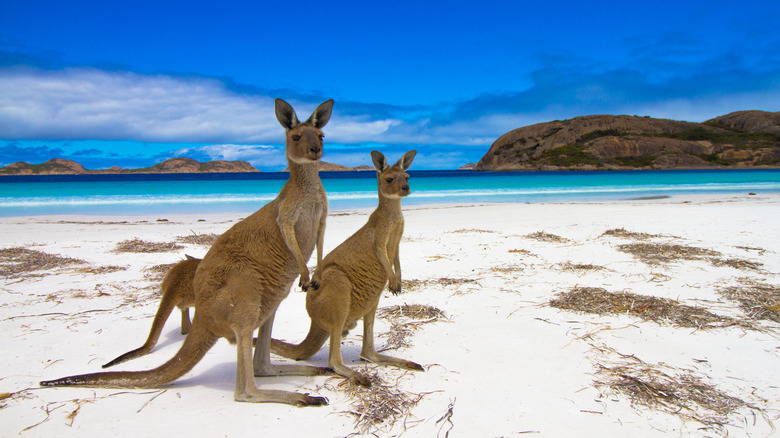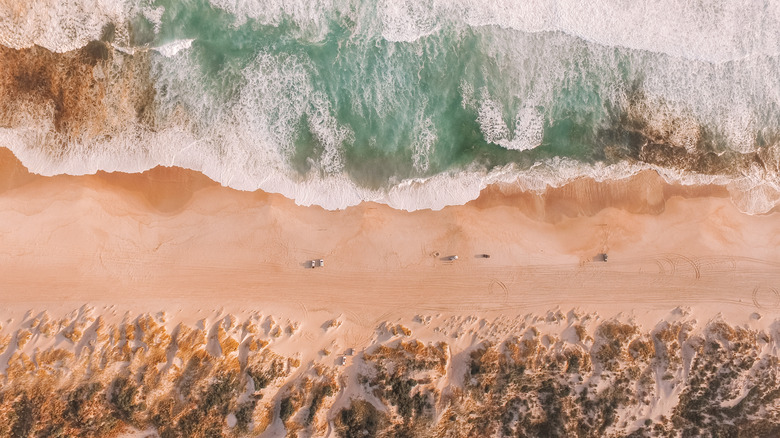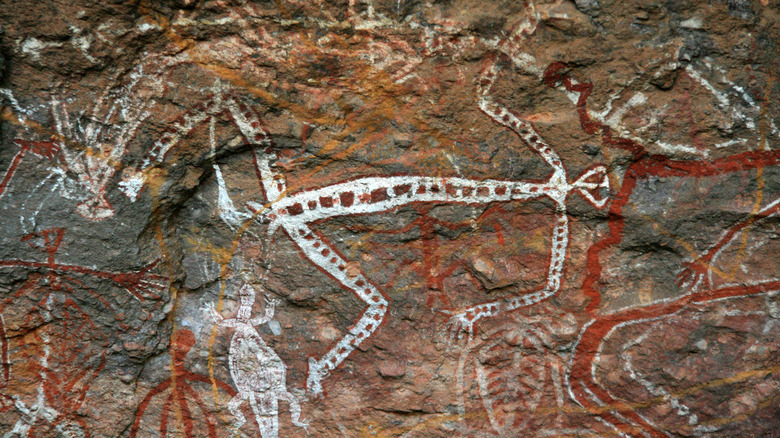The Unbelievable 7,000-Year-Old Indigenous Australian Story That Scientists Proved Is Accurate
Although oral traditions are not conventionally believed to be the most reliable way of transmitting history, it was found that this might not be the case with Australian aboriginals. In fact, 21 stories collected by researchers show the indigenous population may have had an uncanny ability to record data relevant to climate change for over 7,000 years. Stories of lost islands have appeared in aboriginal stories which match up perfectly to what scientists know about the rise in sea levels around the continent. According to Scientific American, Port Phillip Bay, which spans 750 square miles, is unusual in its lack of depth. Despite being a feeding ground for whales, it is only 30 feet deep in some areas. At the end of the Pleistocene (10,000 years ago), the bay was dry and saw grazing kangaroos instead whales.
So long ago was this that Western science can only reconstruct the prehistoric environment geologically. Remarkably, however, the bay's transition is historical information for aborigines, who have assiduously recorded the shifts in their environment through millennia. They accomplished this without written language, relying instead on storytelling and memory. Today, many aborigines can name and point toward islands they know existed, but which are now resting deep under ocean currents (via Scientific American).
Australian Sea Levels
The Holocene period is the epoch that succeeded the Pleistocene, beginning around the end of that epoch about 11,700 years ago. It is the period we inhabit now, though the latter part of it is sometimes unofficially called the Anthropocene for the extensive impact human activity has had on the environment. Australia's Holocene period was marked by the recession of glaciers from much of the world's continents, from North America to Asia (via Britannica).
A notable result of the melting glaciers was the rise in sea levels. Millennia ago, they were about 400 feet lower but began to rise over the continental shelf, a process that took place around other parts of the globe as well, as per The Guardian. Over the past 2,000 years, sea levels have risen at a fairly steady rate of about a few inches each century in Australia. The rates accelerated considerably between 1900 and today, however (via Australian Academy of Science), but throughout it all, the aborigines seem to be the most diligent in keeping track of coastal changes.
Aboriginal Stories
The research on aboriginal oral traditions was published in 2015 by linguist Nicholas Reid and marine geographer Patrick Nunn. It surprised scholars who had believed oral traditions couldn't be reliable for longer than 800 years, but Reid and Nunn re-examined that belief. Despite the 400 feet of sea rise having happened around other continents, Reid said (via The Guardian), "it's only in Australia that we're finding this large canon of stories that are all faithfully telling the same thing." Some stories are literal accounts of lost kangaroo hunting grounds in Port Phillip Bay; others are more magical in nature. One from the Spencer Gulf in Southern Australia tells of a clan that angered ancestral spirits and thus had their land overtaken by the sea once the spirits dug a gulf in the Earth with a kangaroo bone (via The Guardian).
To explain this hyper accurate storytelling, Reid said (via Scientific American), "There are aspects of storytelling in Australia that involved kin-based responsibilities to tell the stories accurately." He believes this created a system whereby the duty of kin to tell the story precisely as they heard it ensured high-fidelity transmission. The study of these 21 stories also underscores the importance of indigenous languages, most of which are now endangered due to globalization. Reid and Nunn prove that within these languages sits a trove of knowledge that's at risk of loss, much like the ancient lands themselves (via Scientific American).


